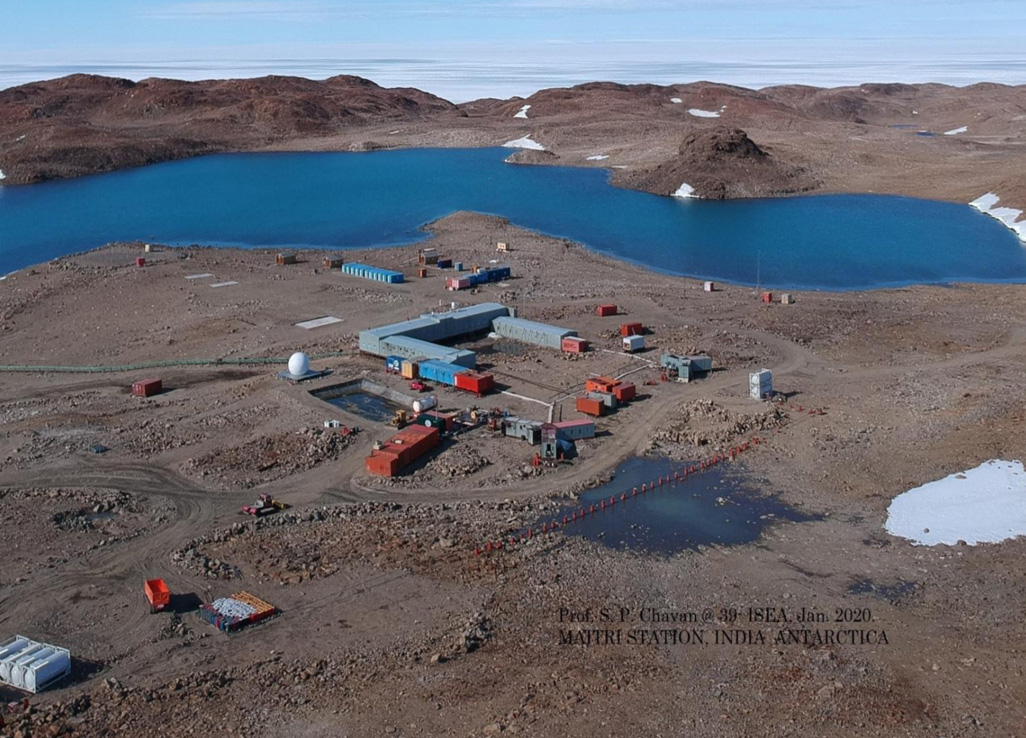A Stitch in Time
Published: May 30, 2015
Published: May 30, 2015

Photo courtesy: SEEDS/Siddharth Behl
In developing regions, the focus is on economic growth and visible results achieved in a short period. Development and growth create new risks and vulnerability that are simply overlooked.
Keep reading with one of these options :
